Dan Grieve's Top Tips To Stop Striking Your Irons Heavy
Golf Monthly Top 50 Coach Dan Grieve explains how to stop striking your irons heavy and improve the quality of your ball striking...
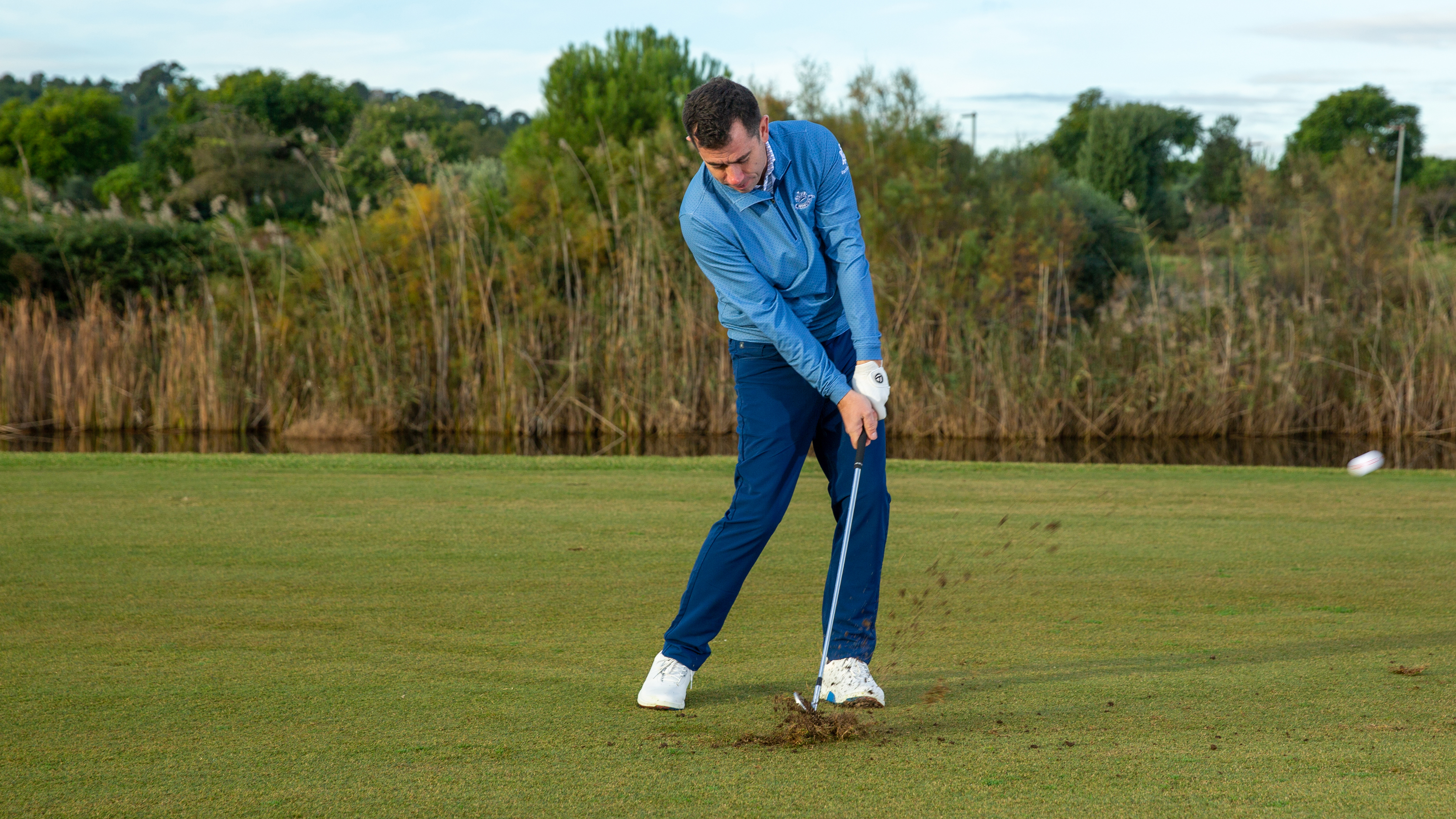
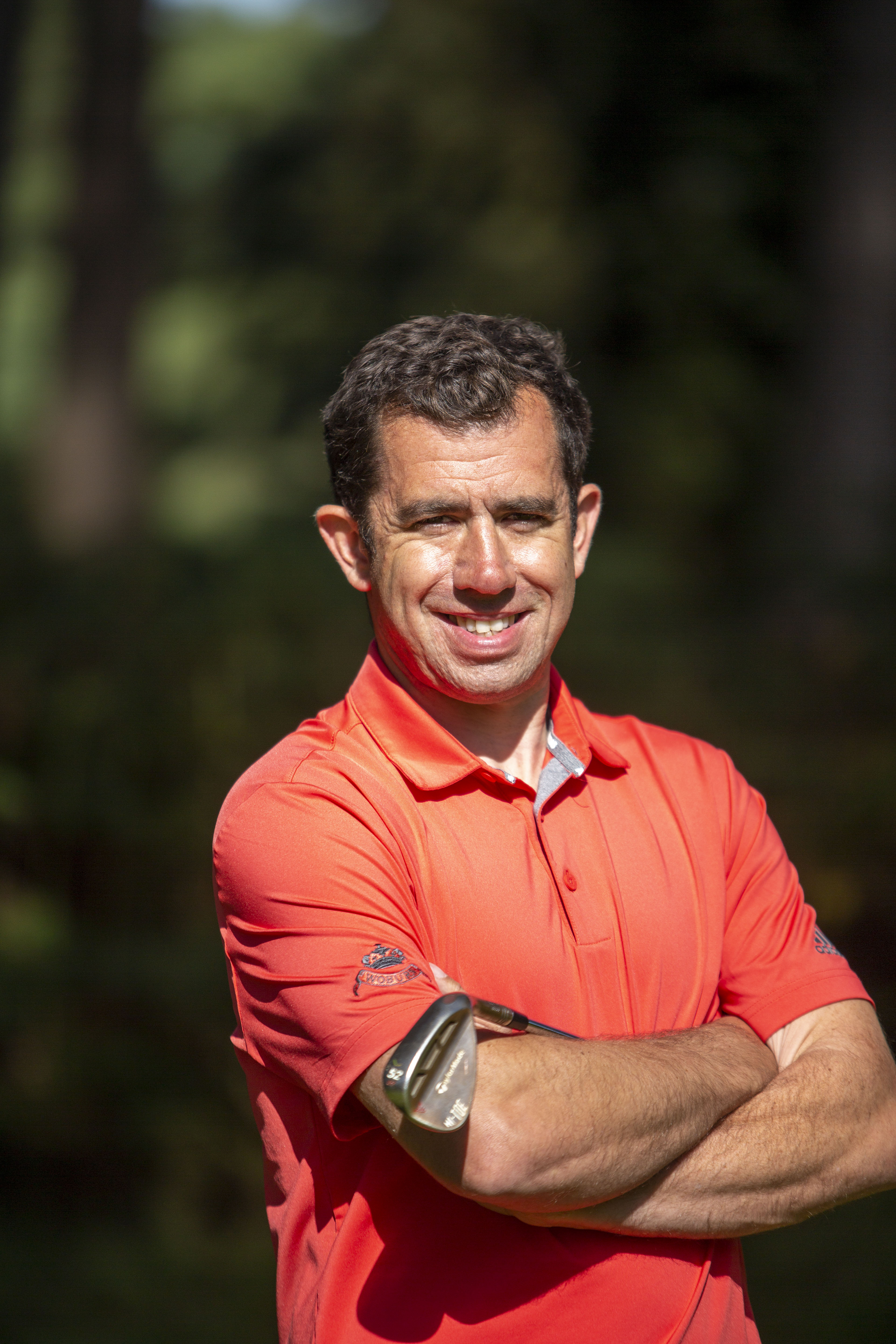
Hitting fat golf shots can be a common occurrence for amateur golfers, but that doesn't make them any less frustrating. They are up there with shanks and pull shots in terms of scorecard destroying habits, so how can we banish heavy strikes for good?
In this video and article, Golf Monthly Top 50 Coach Dan Grieve shares the probable causes and runs through some of his expert tips to help you overcome heavy strikes with your irons...
Stop Striking Your Irons Heavy – Causes
The most common cause of heavy iron strikes is swaying off the ball. When you move away from the target during your backswing, your lower half does not turn correctly.
It then makes it very hard to return to the golf ball consistently, but fortunately there are some drills you can use to improve this. As I demonstrate in the video, try moving your right foot forwards. As you swing back, feel like you maintain the pressure on the inside of your right foot, as opposed to the outside, which should lead to a more stable swing. Hit some shots to bed in this feeling, and you should notice less heavy strikes.
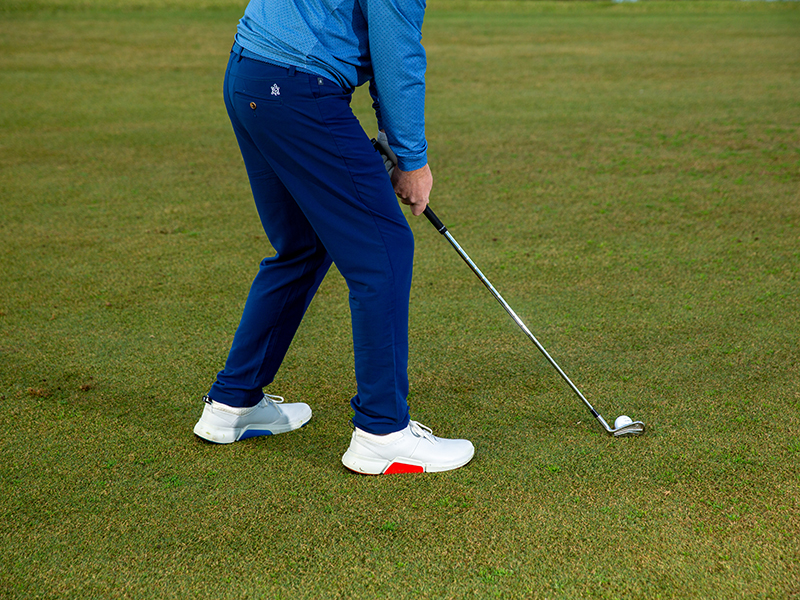
Try this drill to stop swaying
Another great drill to prevent swaying is to put your ball on a tee and move it forward in your stance by around four or five inches. This will look similar to a driver address position, with the ball just inside your left heel. Moving the ball further forward in your stance will encourage you to transfer your weight onto your left side more effectively through impact.
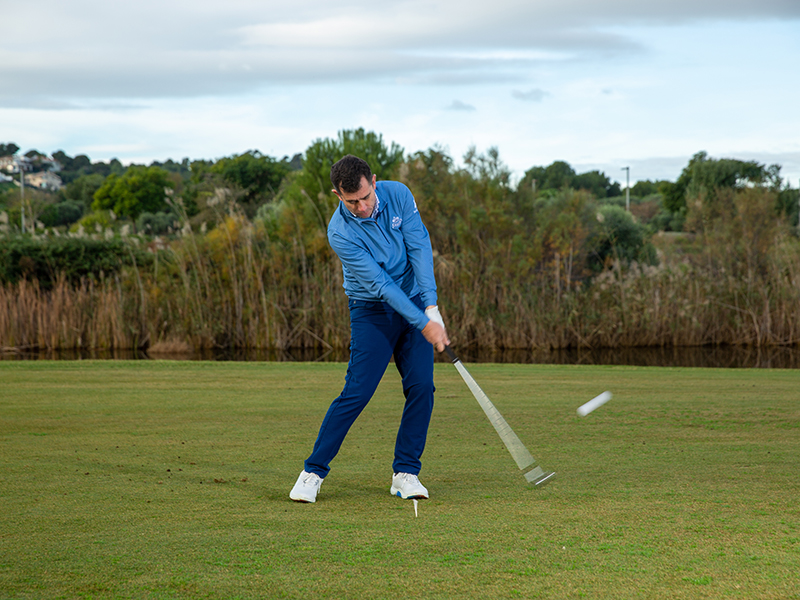
Another common cause of the fat strike is a lack of wrist hinge. In the backswing you want to see about 90 degrees of wrist hinge, creating an 'L' shape between the arms and club. That will allow you to maintain this angle in the downswing and make better contact more often.
Here's a simple drill to encourage this feeling. Take your normal stance and lift the club up so it's level with your hands and parallel to the ground and then manipulate it into the takeaway position. Check out the video at the top of this article to see how it's done.
Get the Golf Monthly Newsletter
Subscribe to the Golf Monthly newsletter to stay up to date with all the latest tour news, equipment news, reviews, head-to-heads and buyer’s guides from our team of experienced experts.
You've now got a 90-degree wrist hinge and you can just rotate to the top of your backswing. Do it without a ball at first and then add a ball in and you should start to strike it better.

Location: Woburn GC
Dan is one of the leading coaches in the UK, a Fellow of the PGA and a short-game virtuoso. He has had considerable success with a collection of tour pros, helping them to Order of Merit titles and major victories, and his Short Game School is the most attended in the UK. His students, past and present, include Charley Hull, Georgia Hall, Inci Mehmet and Iona Stephen.
Most common problem:
Swing – over the top , help by getting the basics correct at address and making them aware how to get the club online coming down.
Short game – creating spin and feel around the greens, help by educating on what the short game actually is (weak on purpose) and understand bounce and how they can apply it to different lies/situations.
Greatest success story:
Helping Georgia Hall from World No. 450 to No. 6 and winning a Major, two Order of Merits and Solheim Cup appearances.
Greatest teacher:
Alex Hay was a great influence during my first few years at Woburn. In sport more generally Sir Clive Woodward has taught me how to deliver at the highest level.
Most common fault:
Flipped right hand (hands behind the ball). Understand a correct coil/load going back and how to sequence better coming down so the chest opens up and gives the arms space to deliver a stronger impact. Lots of body action drills to enhance the feel, with and without the ball.
-
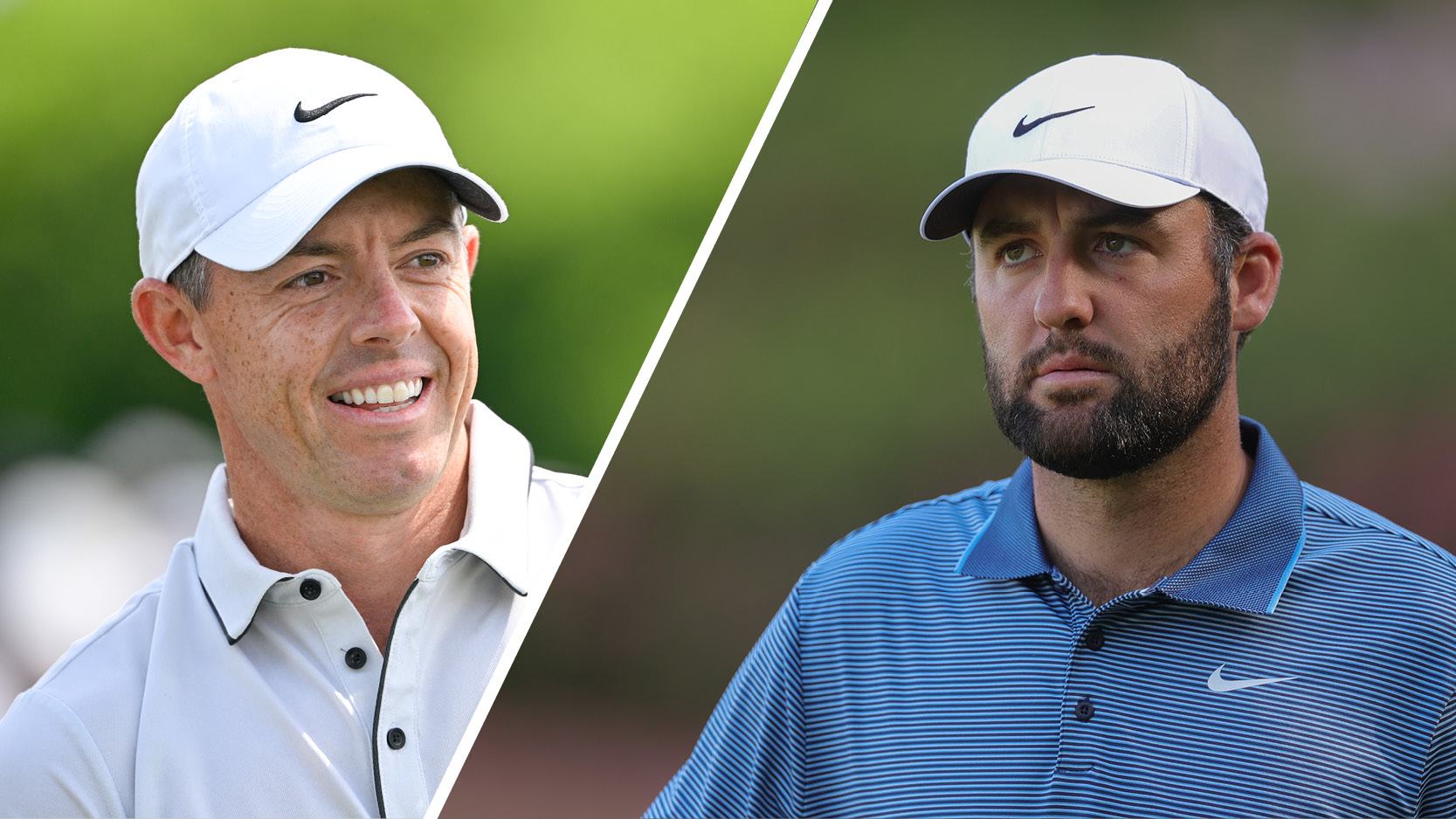 Rory McIlroy Has Referenced Scottie Scheffler So Often In Recent Months… Is He Now Finally Ready To Surpass Him?
Rory McIlroy Has Referenced Scottie Scheffler So Often In Recent Months… Is He Now Finally Ready To Surpass Him?For several months, Rory McIlroy revealed how he was aiming to be more like Scottie Scheffler in 2024 - and it now appears as though the World No.2 is doing it
By Jonny Leighfield Published
-
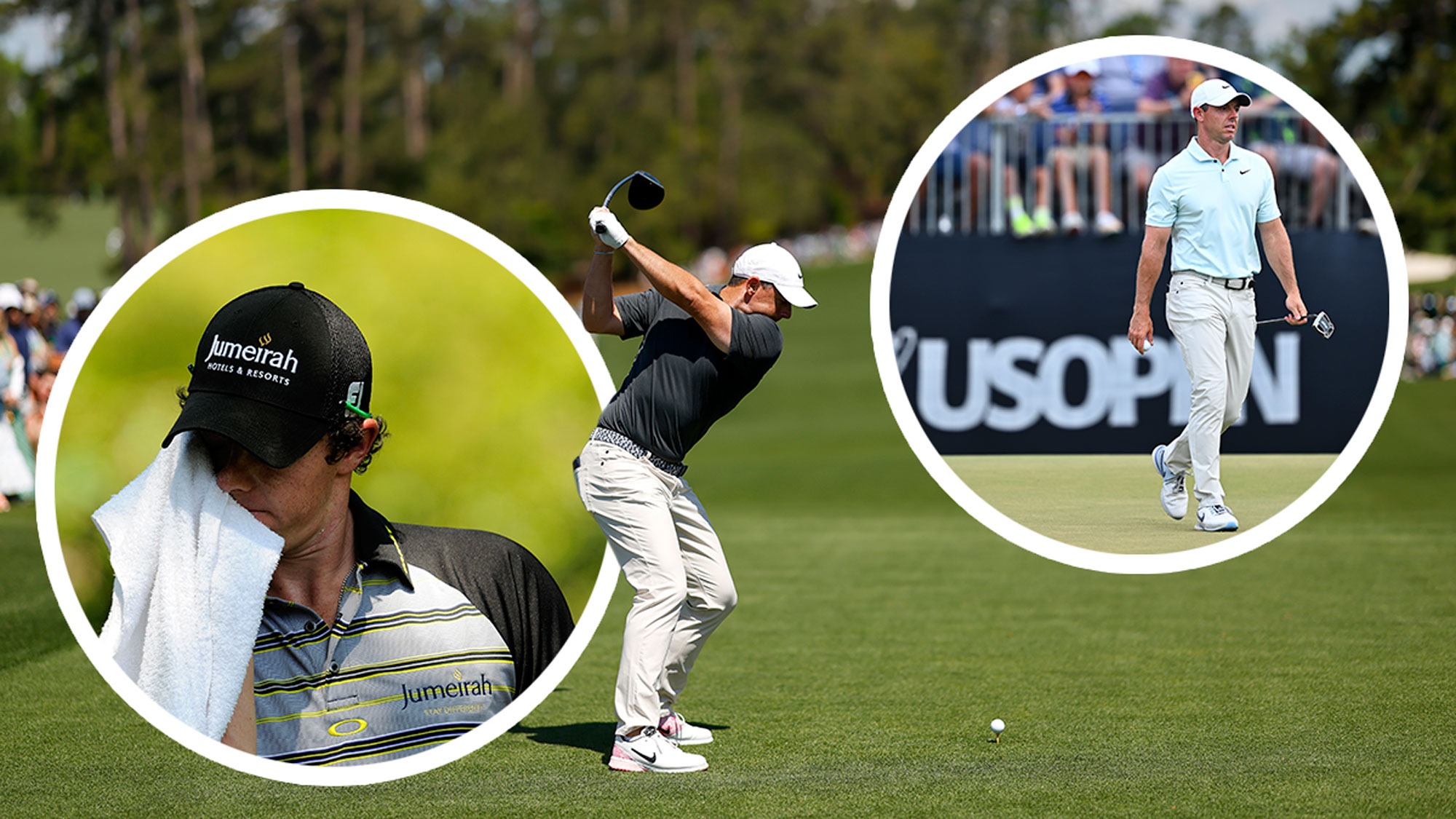 Would A Rory McIlroy Implosion At The Masters Be His Worst Defeat Ever?
Would A Rory McIlroy Implosion At The Masters Be His Worst Defeat Ever?Rory McIlroy stormed into the lead with a record breaking front nine on Saturday at Augusta National, but his turbulence in Major Championships makes me nervous
By Barry Plummer Published
-
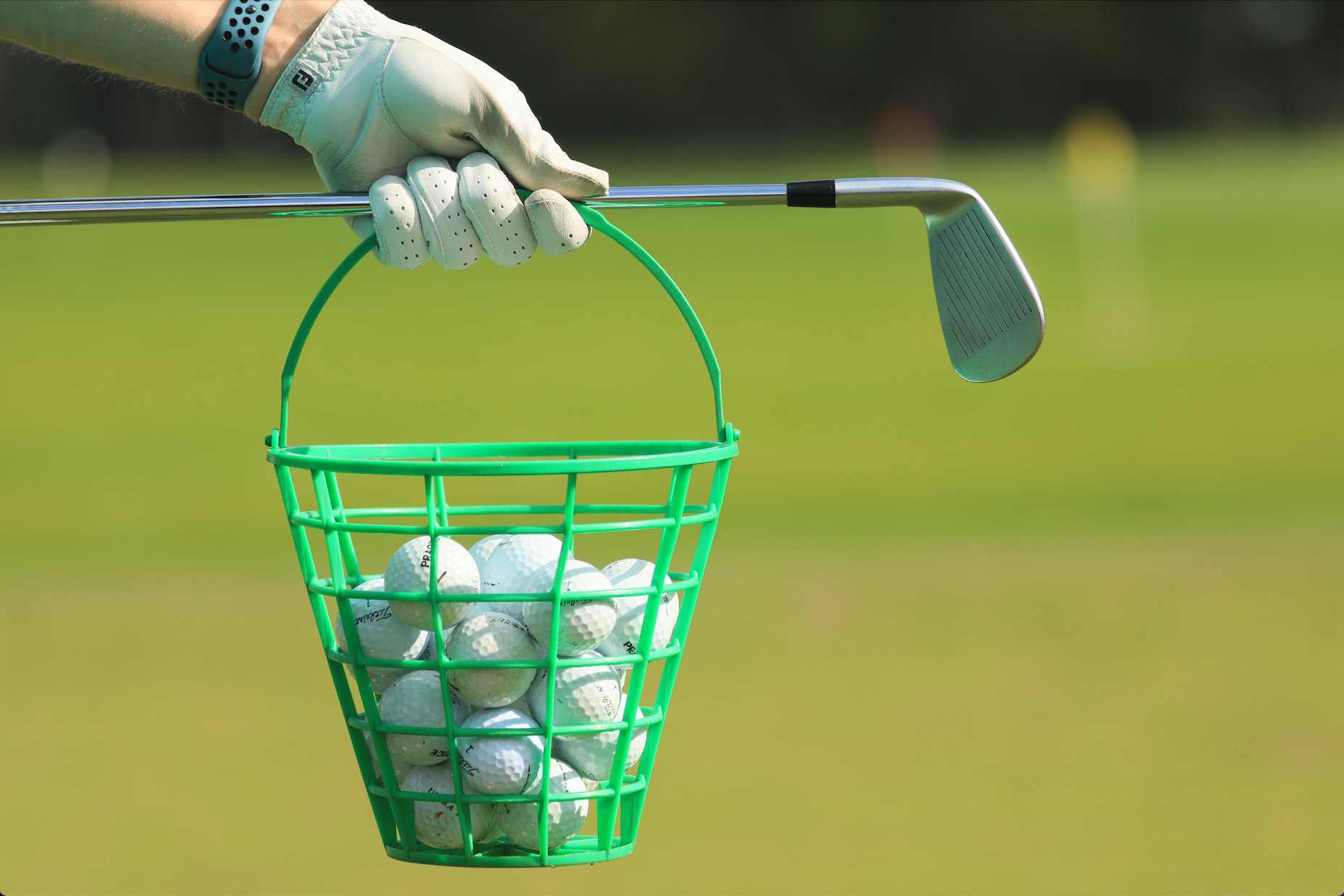
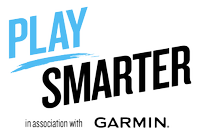 Golfing New Year’s Resolutions... How To Commit Both On And Off The Course!
Golfing New Year’s Resolutions... How To Commit Both On And Off The Course!Golfing New Year's resolutions advice from our mental game coach Gareth Shaw
By Gareth Shaw Published
-
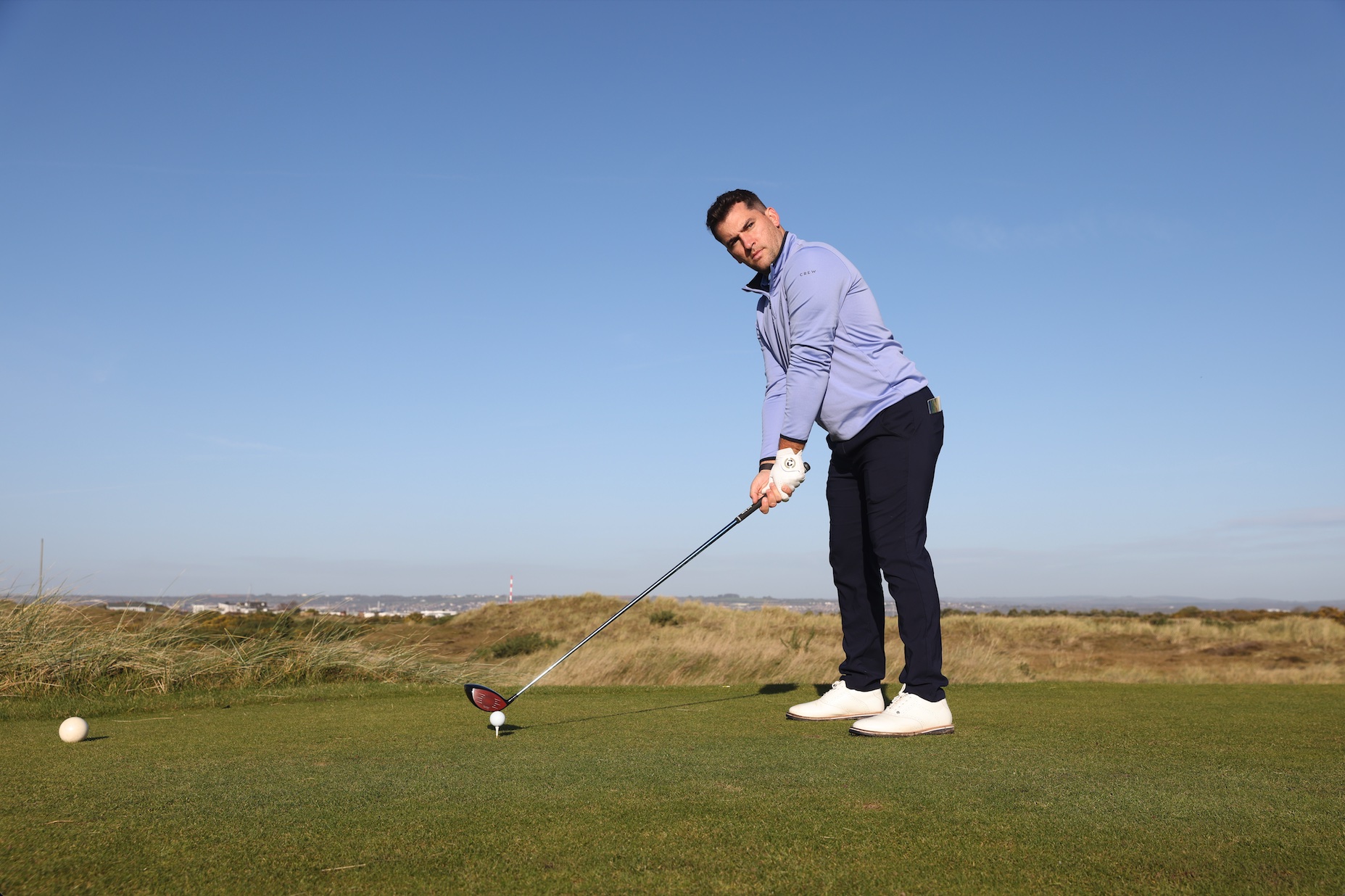
 Confidence In Golf: Why Does It Go And How Can You Rediscover It?
Confidence In Golf: Why Does It Go And How Can You Rediscover It?Confidence tips for golf from mental skills coach, Gareth Shaw
By Gareth Shaw Published
-
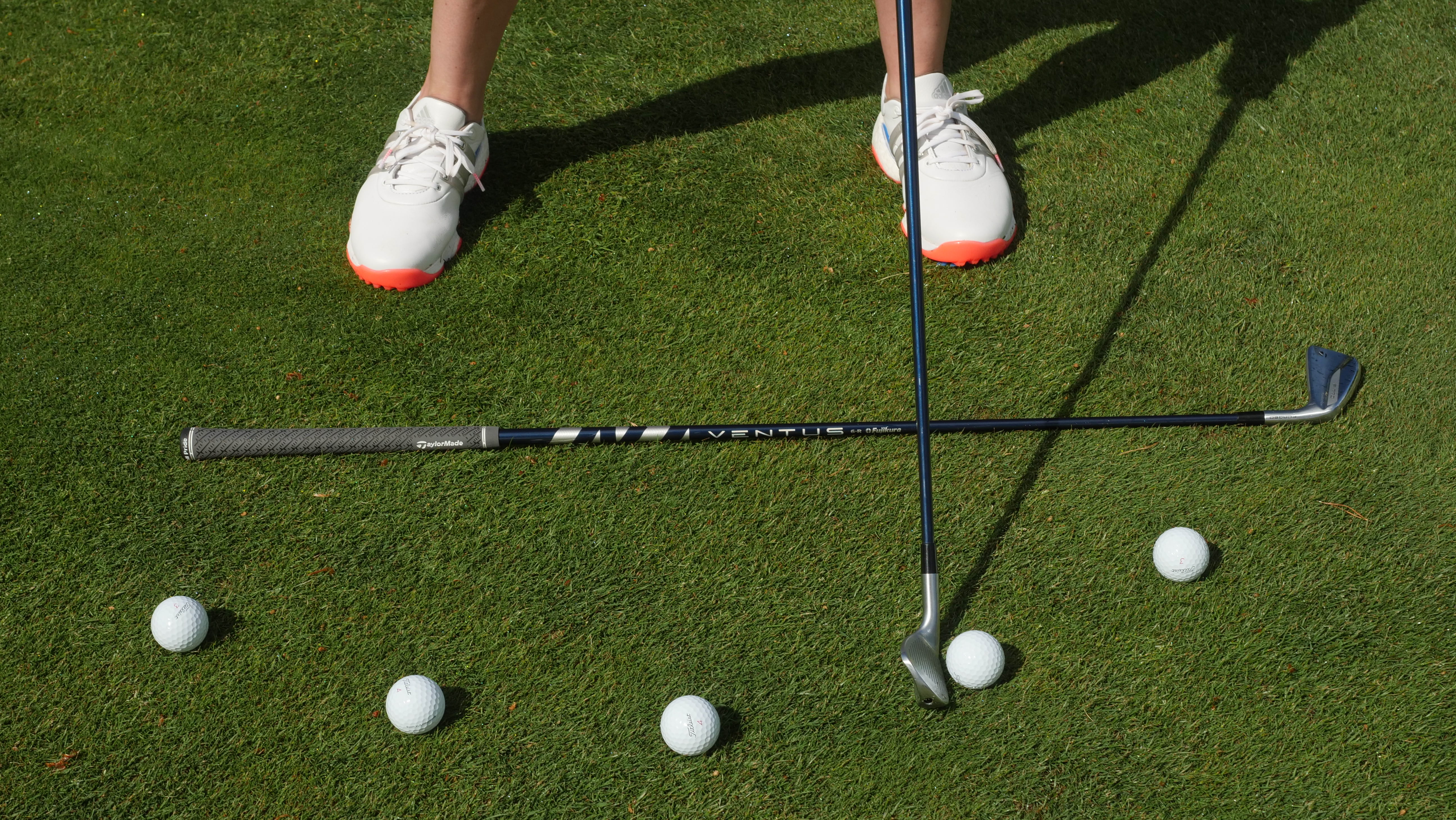 Why Do I Pull Iron Shots?
Why Do I Pull Iron Shots?In this video and article, Golf Monthly Top 50 Coach Katie Dawkins shares why golfers pull iron shots and offers some helpful tips...
By Katie Dawkins Last updated
-
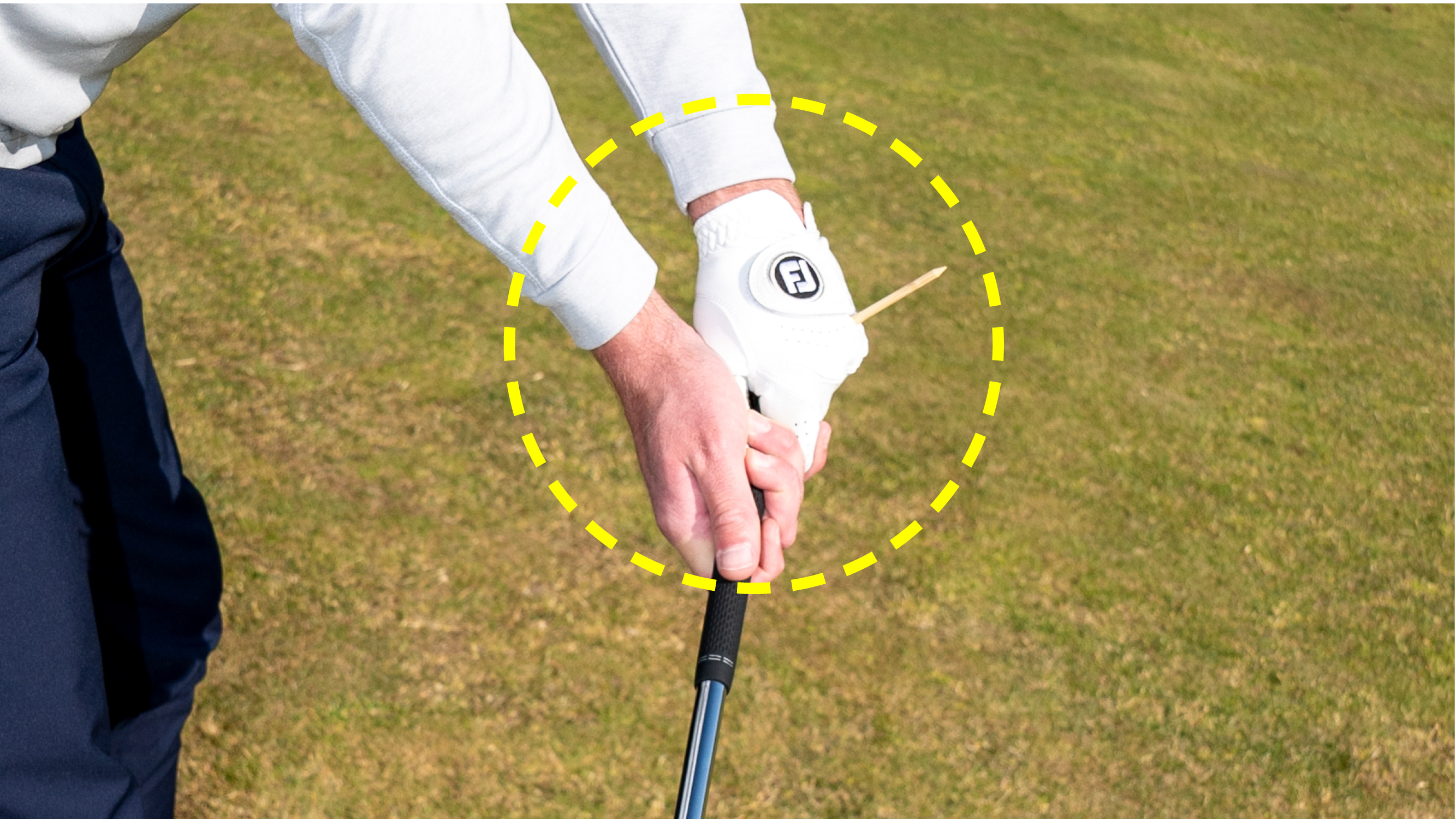
 Inside Takeaway Golf Fix
Inside Takeaway Golf FixStart your swing the right way with these inside takeaway golf tips from Golf Monthly Top 50 Coach Andrew Jones
By Andrew Jones Last updated
-
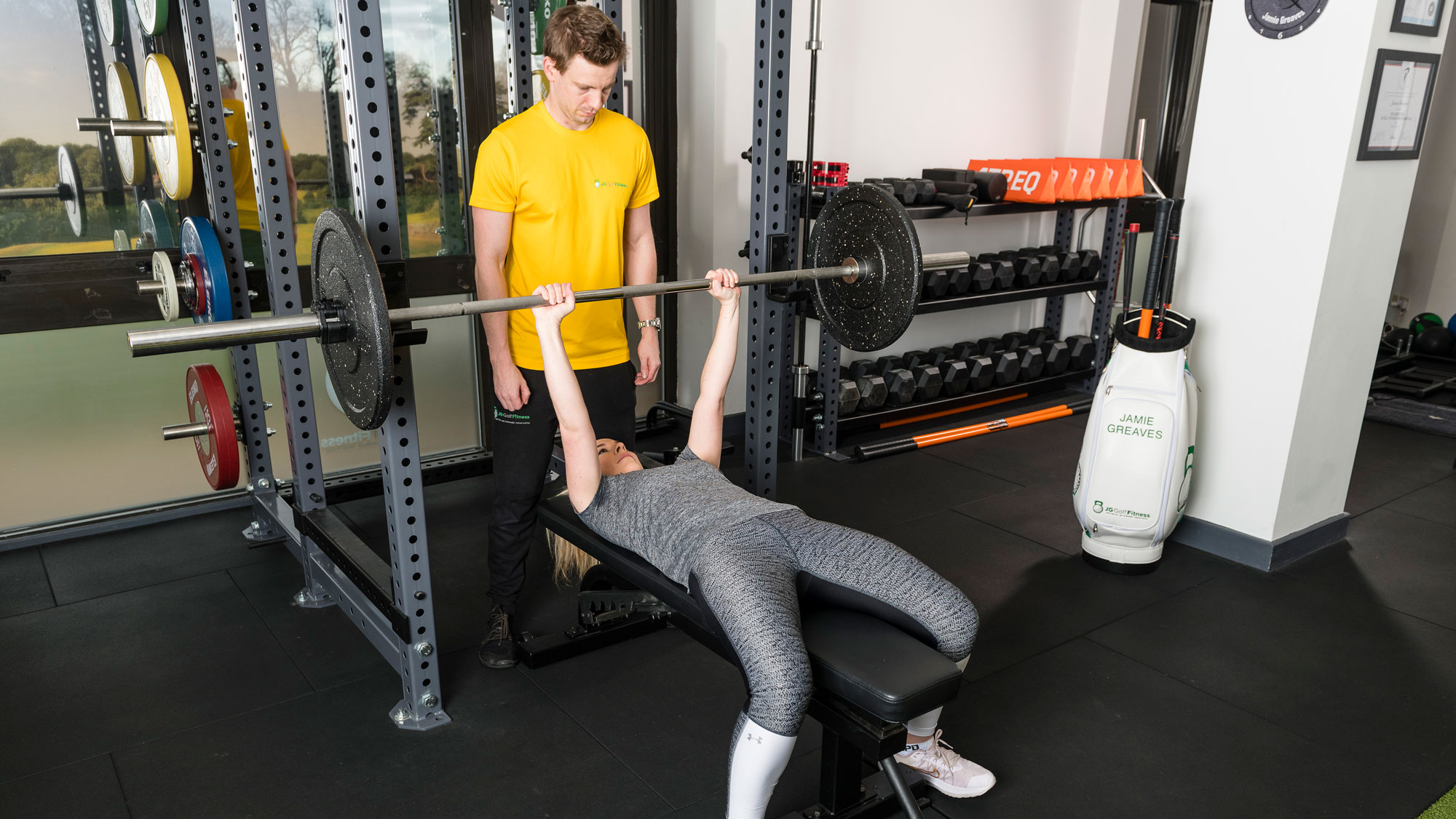
 Golf Strength Training: Upper And Lower Body Exercises
Golf Strength Training: Upper And Lower Body ExercisesIn these golf strength training videos, fitness guru Jamie Greaves demonstrates some fantastic exercises to help boost muscle mass, strength and power
By Jamie Greaves Last updated
-
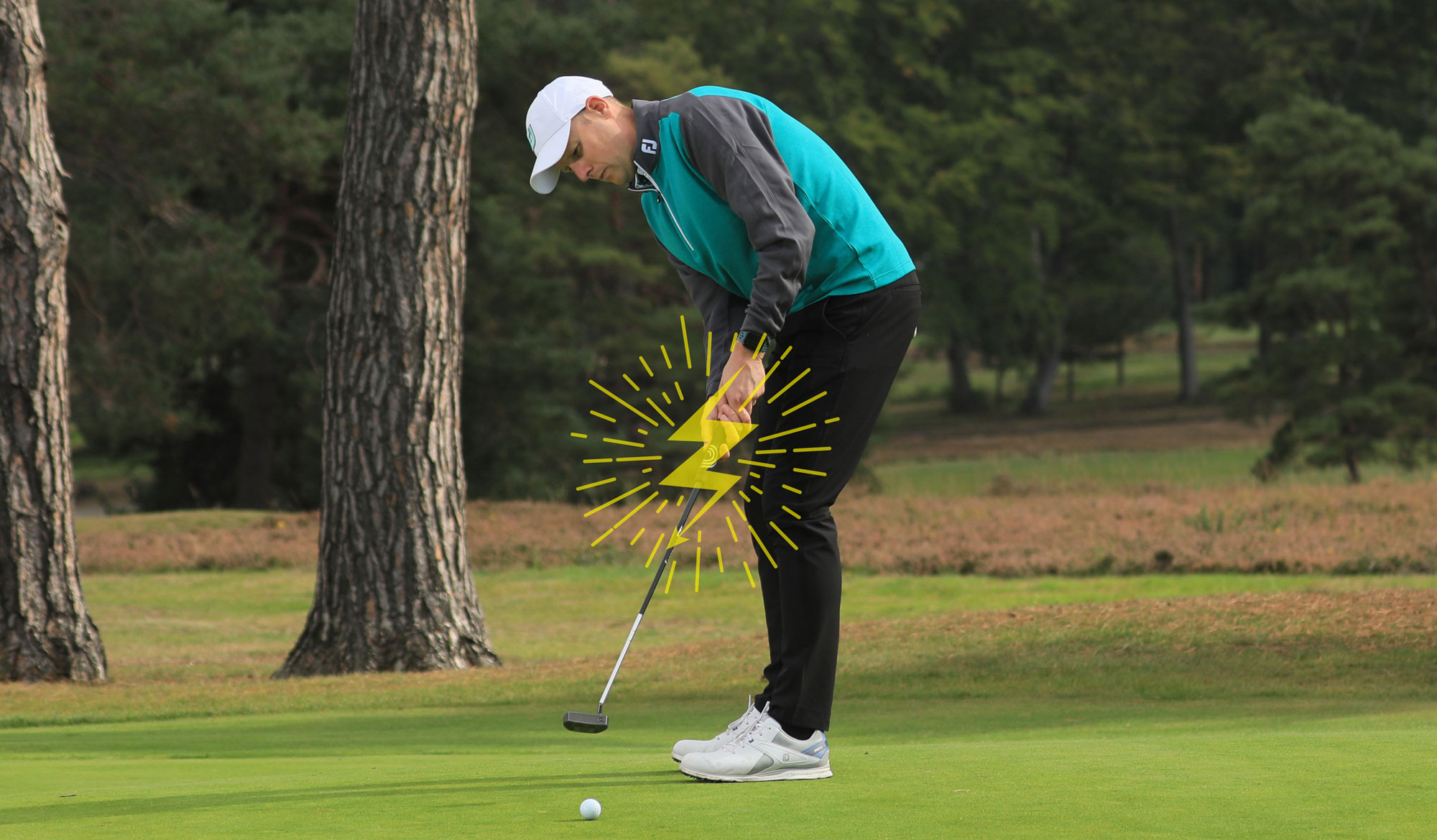 How To Cure The Putting Yips
How To Cure The Putting YipsThe yips can be catastrophic for your golf game, and when they hit the putter it inevitably leads to big scores, but these tips can get you back on track...
By Gareth Shaw Last updated
-
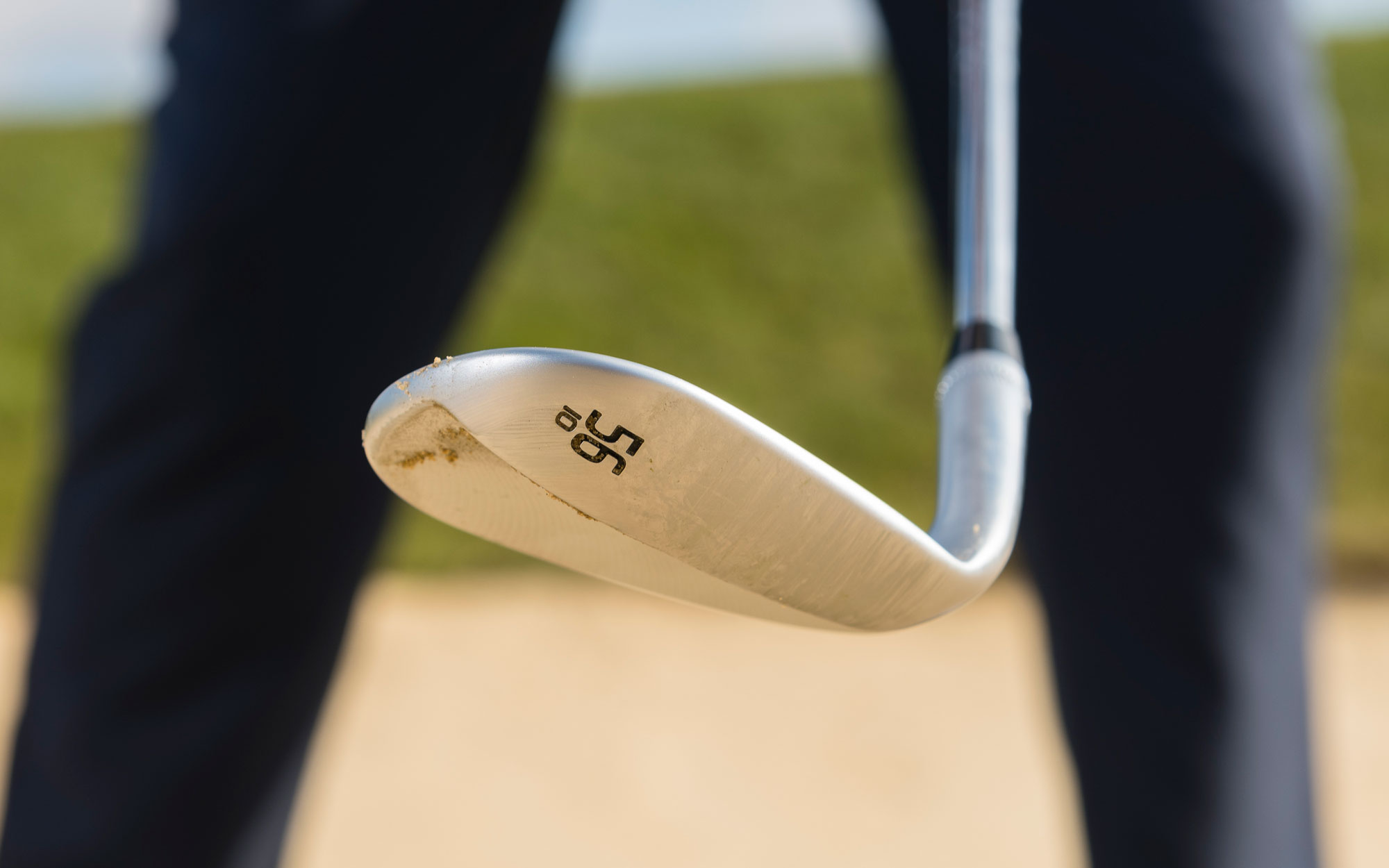 How To Open The Club Face In Golf
How To Open The Club Face In GolfLearning how to open the club face in golf will create more shot options on the course, and these easy to follow expert tips will show you how to achieve it...
By Katie Dawkins Last updated
-
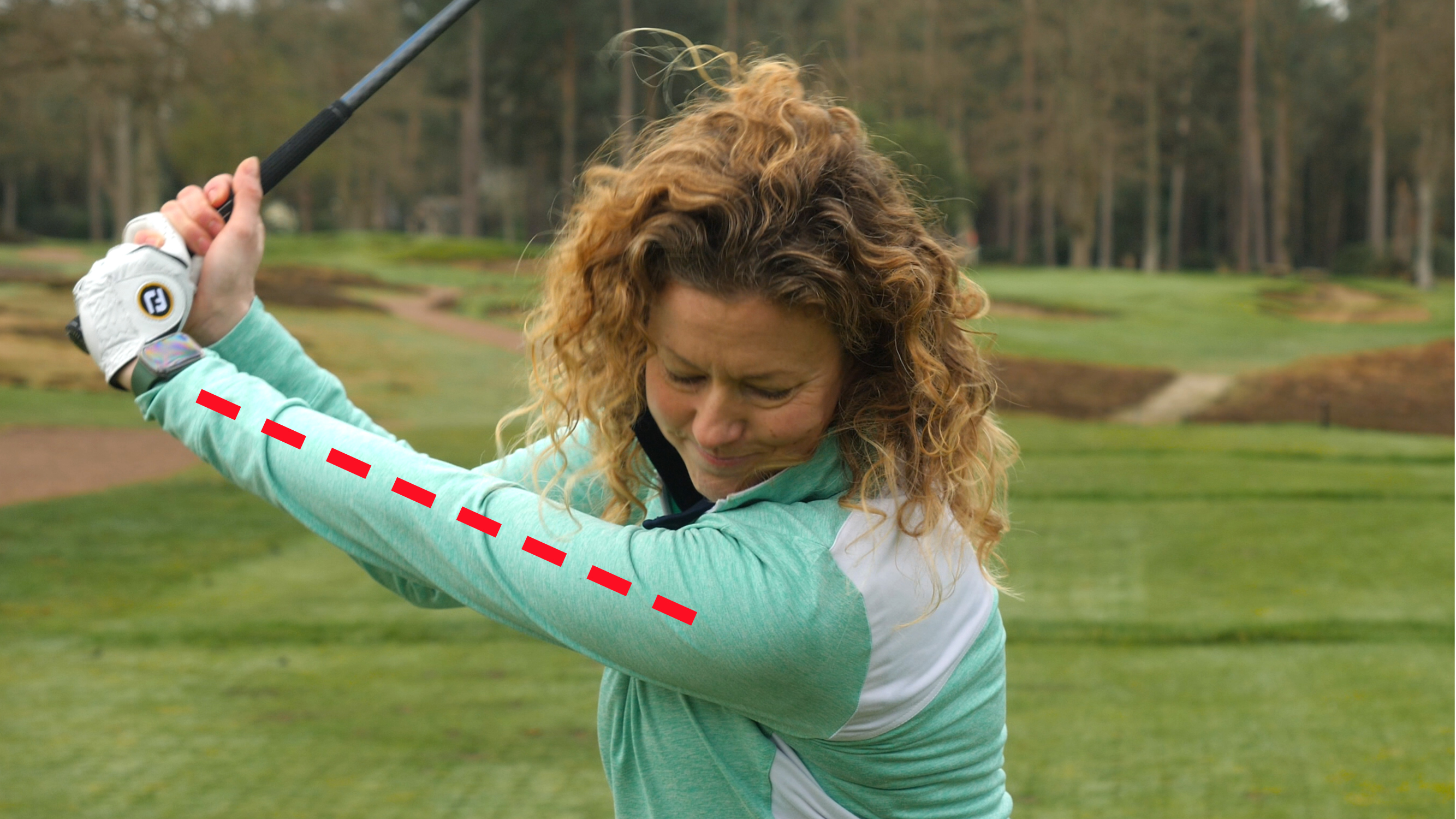
 How To Get A Straight Left Arm In Your Golf Swing
How To Get A Straight Left Arm In Your Golf SwingGolf Monthly Top 50 Coach Katie Dawkins shares some simple tips for how to get a straight left arm in your golf swing and hit better shots...
By Katie Dawkins Last updated